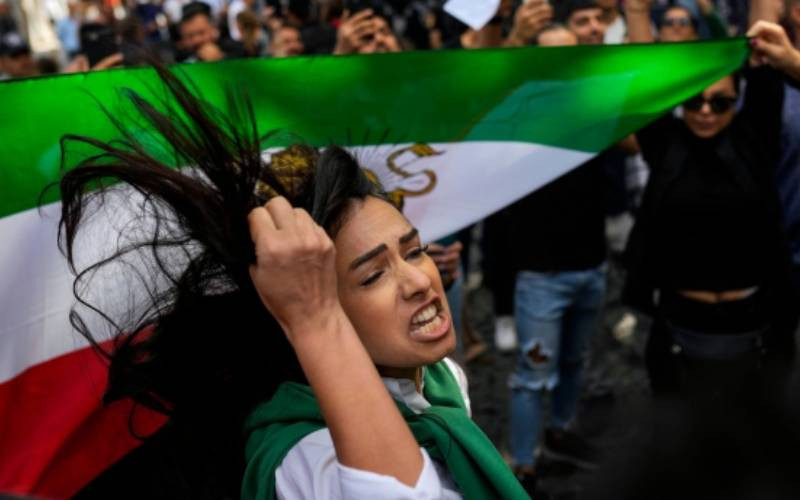×
The Standard e-Paper
Kenya's Bold Newspaper

The Iranian Club Dubai is one of the best places to have Iranian food in Dubai.
The club was formed in 1990, a few years after the Iranian Revolution of 1979 and it is funded by the Iranian government to showcase Iranian culture, hence the exquisite Iranian restaurant and food.